New Member Profile: Synectics
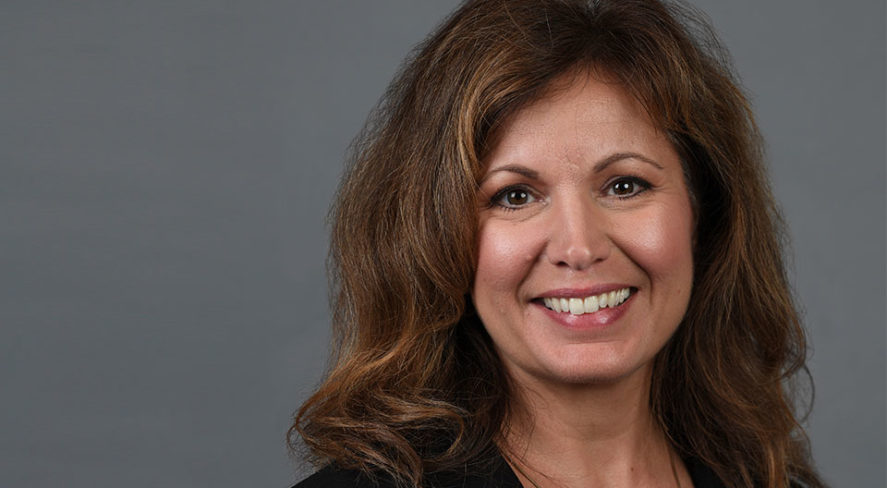
New Security Industry Association (SIA) member Synectics, founded in 1987 as a surveillance technology research and development house, designs end-to-end integrated security and surveillance solutions for challenging environments in the banking, critical infrastructure, gaming, oil and gas, transportation, marine and public space markets. The company – headquartered in the United Kingdom and with offices throughout Europe, Asia, the Middle East and the Americas – provides end-to-end solutions, synergy software, digital recording, display solutions, IP cameras and encoding and COEX camera stations.
SIA spoke with Stephanie Mayes, vice president of business development at Synectics, about the company, the security industry and working with SIA.
SIA: How did you get into the security industry?
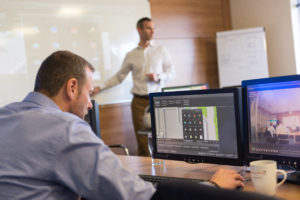 Stephanie Mayes: I’ve been in the industry since 1993. After graduating from the University of Texas at Austin in 1992, I was waitlisted for medical school. I worked evenings throughout college and wanted to try to have a normal 9-to-5 life, so I went through a temp agency, and the third place they sent me was a security systems integrator. The technology interested me, and when I did not get accepted to med school, I enrolled in a master’s program in biostatistics at the University of Washington, where I took a position with another integrator to continue fostering that interest. Ultimately I was promoted to become the northwest operations manager and consequently stayed in the industry. After being on the integrator side of the house for 19 years, I moved to Pelco, where I ultimately ran North America sales for three years. I then worked at Seagate for nearly two years, starting up the company’s original equipment manufacturer storage business in the video surveillance space. I joined Synectics in September 2018.
Stephanie Mayes: I’ve been in the industry since 1993. After graduating from the University of Texas at Austin in 1992, I was waitlisted for medical school. I worked evenings throughout college and wanted to try to have a normal 9-to-5 life, so I went through a temp agency, and the third place they sent me was a security systems integrator. The technology interested me, and when I did not get accepted to med school, I enrolled in a master’s program in biostatistics at the University of Washington, where I took a position with another integrator to continue fostering that interest. Ultimately I was promoted to become the northwest operations manager and consequently stayed in the industry. After being on the integrator side of the house for 19 years, I moved to Pelco, where I ultimately ran North America sales for three years. I then worked at Seagate for nearly two years, starting up the company’s original equipment manufacturer storage business in the video surveillance space. I joined Synectics in September 2018.
SIA: What do you enjoy most about your role?
SM: In the security industry, one is exposed to a wide variety of end users. Learning about the continuing technological innovations in various vertical markets and the new challenges and benefits they create has always fascinated me. I enjoy working with our integration partners and the end customer to craft a unique solution to successfully solve a security and safety concern and help the security department drive more value for the larger organization. I’m very excited to be working with Synectics, who has exhibited depth and expertise globally helping many clients solve their distinct security challenges.
SIA: What is your company’s biggest challenge right now?
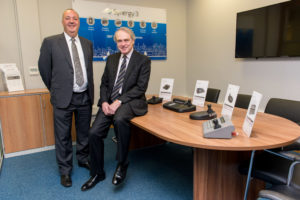 SM: In many ways our biggest challenge is also our biggest opportunity – highlighting the depth and scope of our capabilities across all sectors we serve.
SM: In many ways our biggest challenge is also our biggest opportunity – highlighting the depth and scope of our capabilities across all sectors we serve.
Our focus and heritage in North America have historically been linked to casinos. In fact, over the years we’ve helped develop and drive many of the innovations that have set the standard in surveillance for gaming here and in Asia. We’ve built a strong reputation in this field. Crucially, though, this knowledge and experience isn’t isolated to one sector. We can cross-pollinate – it’s the advantage that comes with having a global bank of experts who are constantly learning from customers and each other. We need to get better at sharing that message.
Many of the developments that started off in gaming have been used to evolve solutions for other key verticals – like transport, infrastructure and high security – and vice versa. Additionally, just as we’ve designed and deployed enterprise-class solutions for some of the world’s biggest casinos, at any one time our systems can also be found enabling busy airports to operate securely and more efficiently, supporting passenger-centric train travel in key European cities, protecting students studying on vast campuses and helping to safeguard assets critical to national infrastructures. The challenge we face is leveraging this fact to open new avenues in the region.
What helps with this is that our overall approach is ‘sector-agnostic’. It is always customer driven – about understanding and solving pain points. But to really capitalize on the opportunity ahead, we have to keep upping our game, which means looking at even more ways we can learn from customers, benchmark best practice, feed that into our development process and ensure that all the sectors we serve benefit. Joining SIA is very important in this respect, as it will provide another valuable way for us to hear from and interact with customers, both existing and potential, so that we are always answering industry needs. That’s what a quality proposition is about.
SIA: What trends does your company foresee for the security industry in the next year?
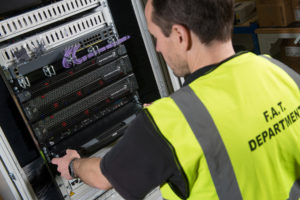 SM: It is a pivotal time in security right now – we are on the cusp of a new era, one that is characterized by integration, automation and greater levels of system connectivity and interoperability. The walls that historically created silos for our customers between security, safety and customer service provision are being broken down by smarter, more sophisticated technology.
SM: It is a pivotal time in security right now – we are on the cusp of a new era, one that is characterized by integration, automation and greater levels of system connectivity and interoperability. The walls that historically created silos for our customers between security, safety and customer service provision are being broken down by smarter, more sophisticated technology.
Technology like powerful cameras that improve image quality and enable greater levels of analytics at the edge such as facial recognition and biometrics. Cloud-based solutions for analyzing, storing and securely sharing vital information so that the right information can be accessed at the right time by the right people. Interconnected Internet of Things-enabled devices that ensure critical detail is always delivered in context to support informed action and deeper levels of operational insight. This is what we see in the months ahead, and we are structuring our product road map accordingly to ensure our customers can capitalize on these trends through the solutions we develop, the integrations we make possible and the training we provide.
This connected future has significant implications for the sectors we serve. For example, we are working with the transport industry and bodies such as police forces and emergency response teams to facilitate viewing, understanding, sharing and acting in response to data captured across converged, smart city-style landscapes, rather than each having a world defined (and ultimately restricted) by its own traditional operational boundaries.
This principle also applies to many internal landscapes. For instance, the level of data now generated across an entire leisure resort – from systems used to detect fraud on a casino floor to tracking and analytics systems used to spot customer movements and preference trends – combined with the emerging technologies and integrations we are talking about, makes it possible to deliver an operational picture that just hasn’t been possible before.
It’s about so much more than what cameras can see – it’s about how effectively capturing and managing a broad spectrum of data can help organizations surface up information and implement action that will help them achieve specific business objectives.
SIA: What does SIA offer that is most important to you/your company? And what do you most hope to get out of your membership with SIA?
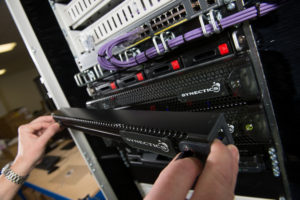 SM: I am already an active member, having participated in the RISE Scholarship committee, and going forward as a new member of SIA’s Executive Advisory Board, I expect to engage in other initiatives and committees, such as the Women in Security Forum. We are exploring how to best engage with SIA and will strongly consider which of these events might generate the most value. Events that can facilitate us communicating our value proposition to the right audience, provide a forum that fosters open and honest dialogue with that group and give us the opportunity to demonstrate our capabilities are what we’re looking to invest in.
SM: I am already an active member, having participated in the RISE Scholarship committee, and going forward as a new member of SIA’s Executive Advisory Board, I expect to engage in other initiatives and committees, such as the Women in Security Forum. We are exploring how to best engage with SIA and will strongly consider which of these events might generate the most value. Events that can facilitate us communicating our value proposition to the right audience, provide a forum that fosters open and honest dialogue with that group and give us the opportunity to demonstrate our capabilities are what we’re looking to invest in.
The views and opinions expressed in guest posts and/or profiles are those of the authors or sources and do not necessarily reflect the official policy or position of the Security Industry Association (SIA).
